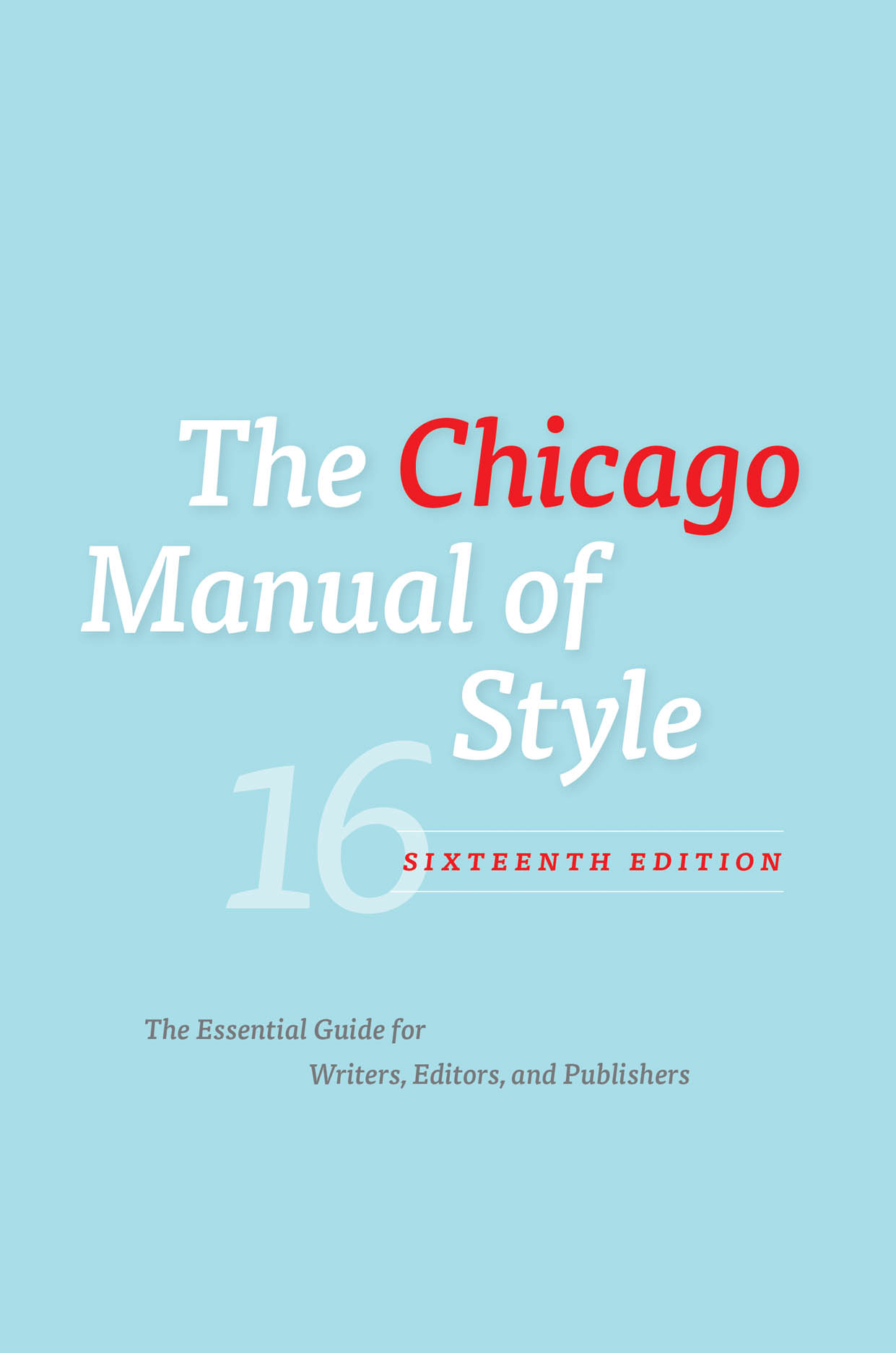Into the future with the Chicago Manual of Style
The new 16th edition of the Chicago Manual of Style has once again assured that Chicago is at the forefront of the publishing world, our advice and instructions fully up to date with the latest publishing practices—and sometimes even beyond, as this question posed to the the all-seeing, all-knowing CMOS Q&A demonstrates:
Q. Dear Chicago Manual of Style,
If, by using a time machine to go back in time, I’ve inadvertently changed the future, is there a way to make that clear with my verb tenses when I write my note of apology to the universe? For example, how do I refer to an event that happened in the recent past (Mars mission, Cubs’ world championship), but, because I messed up the time stream in the more distant past, now didn’t happen and won’t ever happen? (This is purely hypothetical: I would never jeopardize all of history merely to save myself from a particularly unfortunate high school haircut.)
A. As it happens, because this question is so frequently asked, CMOS is currently developing the “temporal transitive” for the 17th edition of the Manual. In consultation with the linguists and physicists of the Chicago Hyper Tense Committee, led by Bryan Garner, our goal is to launch the conjugation by spring 2016. But take heart: according to the schedule, by the year 2016 the committee should have mastered the time-travel techniques necessary for their research, allowing them to travel back to 2010 and publish their results in advance of their happening. We should hear any day now, so please check back for updates.

Such forward thinking won’t surprise anyone who reads the Observatory blog of the Design Observer: on Monday, Michael Erard, after spending time with the new edition, wrote, “If you were to send the 16th edition back to 2003, when the 15th edition came out, it would read like science fiction.” The evidence?
Here’s a taste. The words “electronic,” “software,” “technologies,” “computing” and “website” all appear in the preface of the 16th, but the word “book” doesn’t appear until the title of the first chapter, “Books and Journals,” whose first section is titled “The parts of a book.” (By contrast, the word “book” appears almost immediately in the 15th, on the sixth line of the preface.) Inside, there are 9 pages on electronic editing and only 3.5 for editing on paper. Words like “web,” “electronic,” “DOI,” “metadata” and “digital” appear many more times in the 16th. And you simply couldn’t predict from the 15th that you’d be talking about things that the 16th talks about. The glossary is a fascinating hybrid list, with words like “burst binding” and “castoff” next to “DRM” and “PNG.” And there were no descriptions of any other intellectual property protections besides traditional copyright; now there are meaty paragraphs on the National Institute of Health’s Public Access Policy, Creative Commons and other open source models. XML markup is presented as the most flexible, “most promising” means to deliver content in multiple formats, which is why there’s an unapologetic appendix devoted to markup, mainly to XML.
At the same time, traditionalists need not worry: Chicago’s commitment to the book, in whatever form it may take, remains strong—as does our commitment to giving writers, editors, and publishers reliable, authoritative advice on any aspect of working with words. As time travelers from Rip Van Winkle to Marty McFly could tell you, it’s a different world in the future—but with the Manual by your side, you’ll never be at a loss for answers.